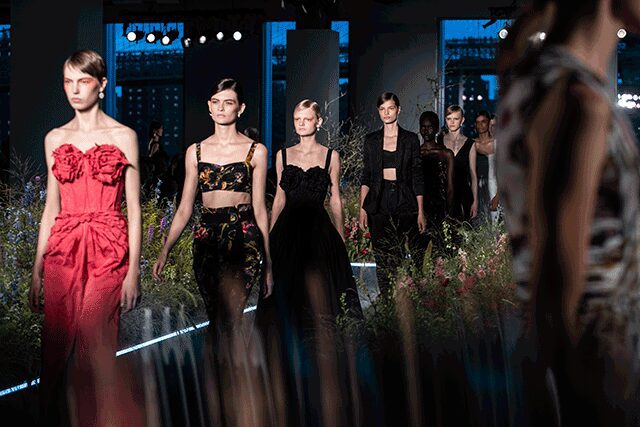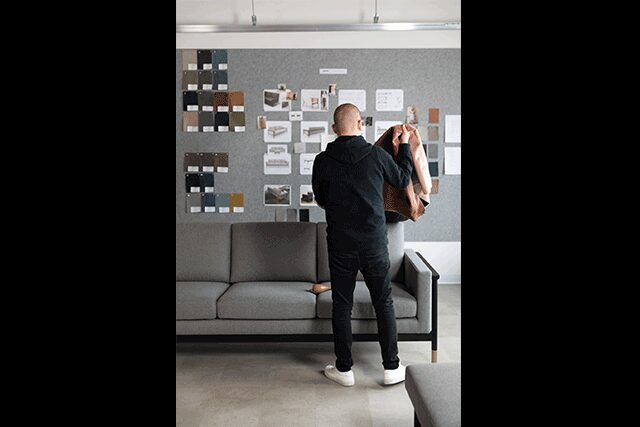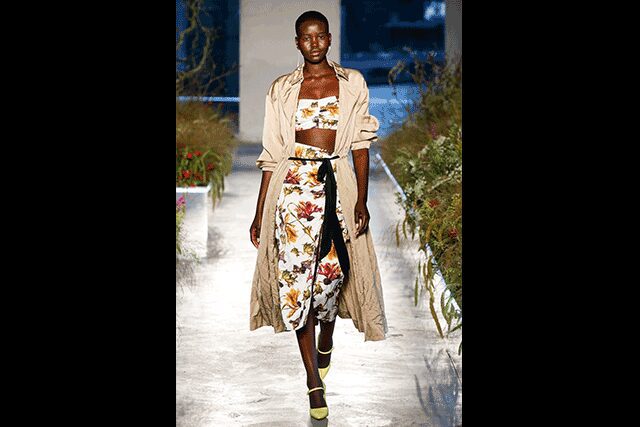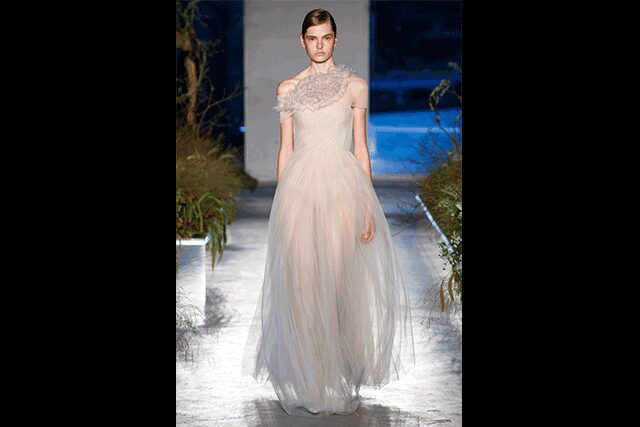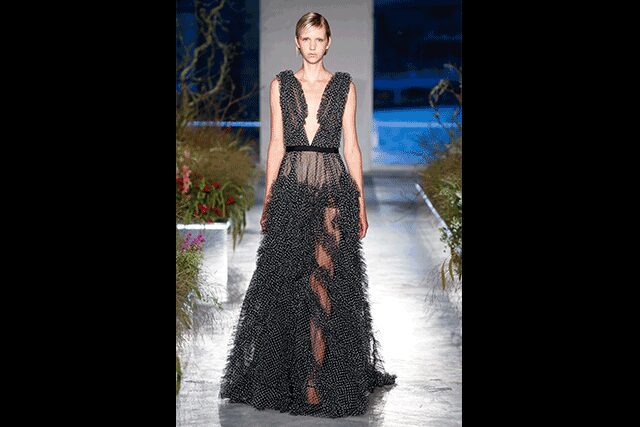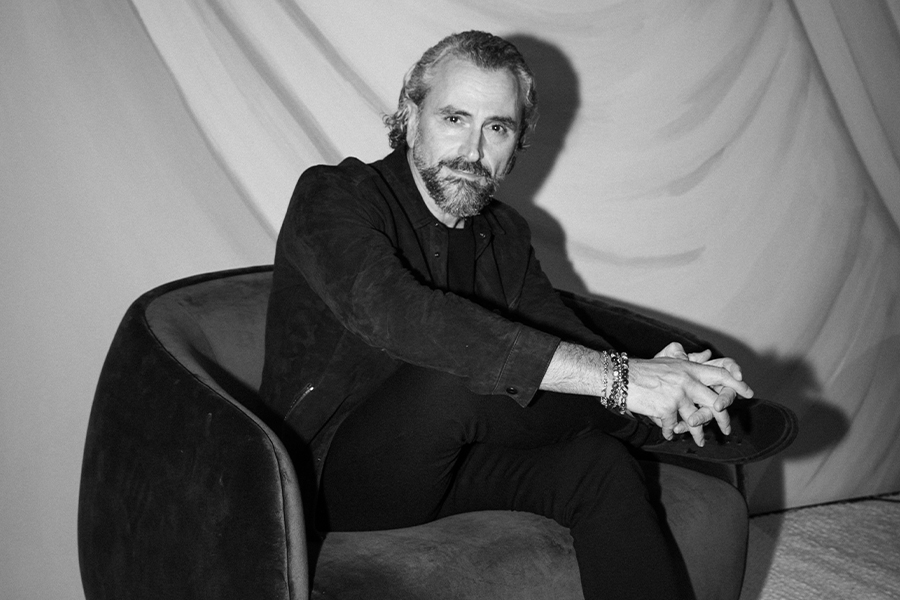In 2006, only a few years after studying at Parsons School of Design in New York and launching his own label, then-budding fashion designer Jason Wu embarked on a collaboration with Brizo, his flowing gowns soon appearing in a memorable underwater ad campaign for the high-end faucet company. “We were both young brands, with a shared aesthetic and appreciation for craftsmanship and design,” recalls the New York-based Wu. Five years later, that relationship evolved into the Jason Wu for Brizo collection, starring curvaceous bathroom faucets and accessories in a matte black finish seldom seen at the time. “I wanted to find a way to add movement and fluidity to an otherwise static form,” Wu says. “Working with Brizo allowed me to bring my design perspective to a new realm.”
As the story goes, Wu grew up knowing he wanted to “do something creative,” he says. An early drawing of a mermaid was the first hint that he was attracted to the feminine form. This, coupled with a love of sewing (his mom bought him his first sewing machine when he was 9 years old so he could make clothes for his dolls), prepared him for a career in fashion. Yet, it was after spending his last year of high school in France that he knew a career in fashion design was all but inevitable. He took the plunge and launched his own label.
Soon, the world over would know his name after First Lady Michelle Obama donned the now-iconic one-shouldered, white chiffon gown at the history-making Inauguration Ball in 2009; he was 26 at the time. Obama again turned to Wu for the second inauguration, this time wearing a vivid red cascading chiffon and velvet gown that cemented his legacy as a designer who understands and celebrates women.
Since then, his career skyrocketed, and in only 10 years, he’s received a laundry list of coveted fashion awards (including the Swarovski Award for Womenswear at the CFDA Fashion Awards) and dressed a who’s who of celebrities (Reese Witherspoon, Meghan Markle, and Priyanka Chopra among them), each drawn to his unpretentious yet empowering creative vision. “The creative process is the most motivating part of my job,” he says.
An admirer of Charles James and the 20th-century English-American designer’s ballgowns, Wu, born in Taiwan and raised in Canada, describes his own pieces, which call to mind the 1940s and ’50s, as “feminine, refined, and sophisticated.” Now he’s translating that elegant appeal to the lifestyle sphere, connecting to his customers through new platforms and materials. “I can explore interesting materials and forms while emulating my own distinctive design aesthetic,” he says. “Through this, I am able to offer a modern design approach that feels elevated for a customer looking for something that stands out.”
Earlier this year, he partnered with the direct-to-consumer furniture brand Interior Define on a fully customizable collection featuring midcentury-informed wood-framed sofas that are available in more than 60 fabrics. “I have often been drawn to interiors as a source of inspiration, and it felt like a natural next step for me,” Wu says.
His design philosophy for both fashion and home is timelessness. “For me, a beautifully designed space has as much transformative power as a beautiful garment.”

